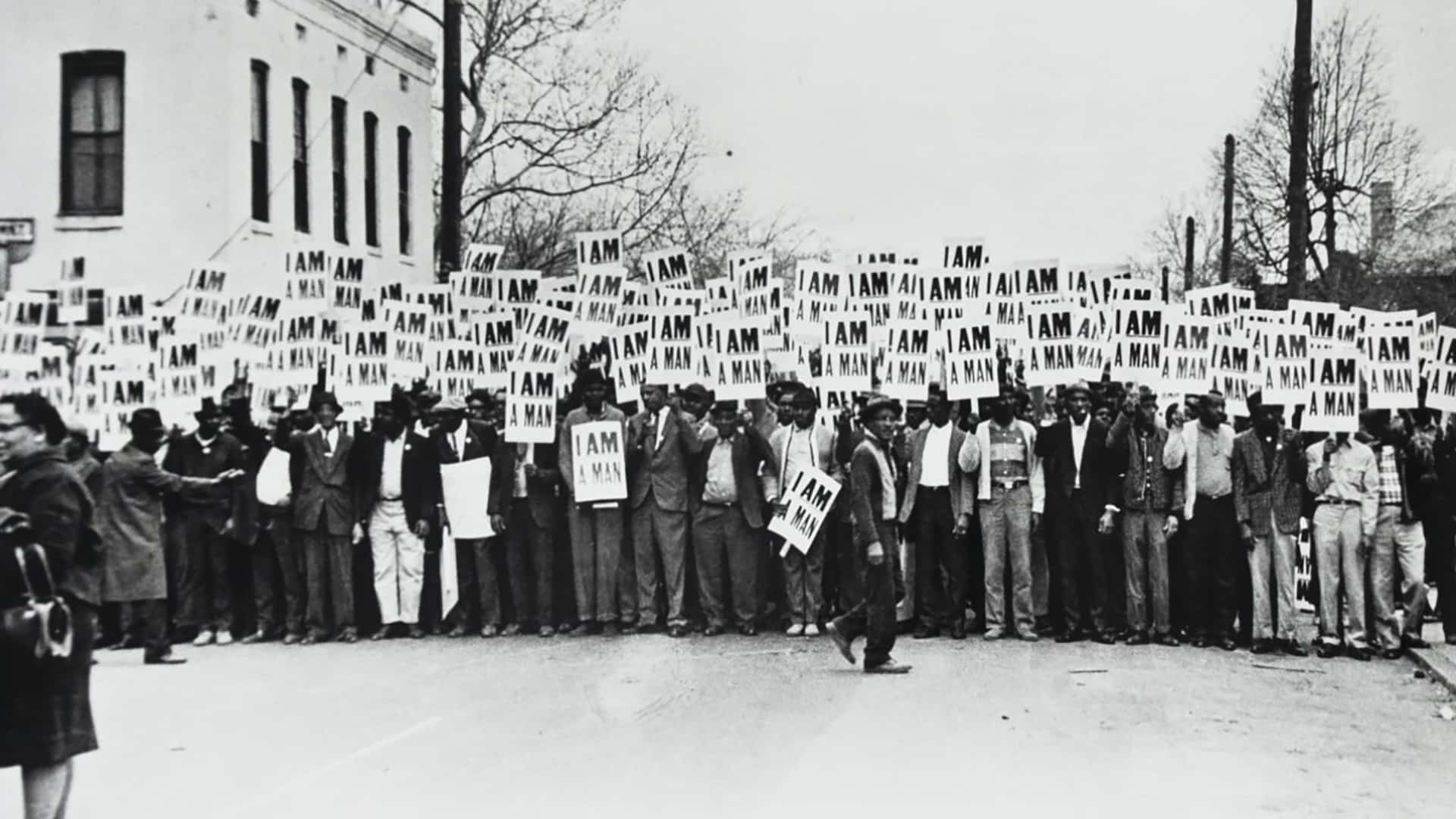A new book and exhibition explore the Civil Rights era work of a former police officer turned photojournalist.

You’re getting blind.
Don’t miss the best of visual arts. Subscribe for $9 per month or $108 $90 per year.
Already suscribed ?
Read more: Chester Higgins, The Indelible Spirit


